 The BLS Library recently added to its collection Thurgood Marshall: Race, Rights, and the Struggle for a More Perfect Union by Charles L. Zelden (Call #KF8745.M34 Z45 2013). This 232 page biography, accompanied by primary sources that present Marshall in his own words, will help students learn what Marshall did (and did not do) during his life, why those actions were important, and what effects his efforts had on the larger course of American history. The book has content as follows: Introduction: The Struggle for a More Perfect Union; Chapter 1 – The Education of Thurgood Marshall; Chapter 2 – “Thurgood’s Coming”; Chapter 3 – Social Engineer Lawyer; Chapter 4 – Going for the “Whole Hog”; Chapter 5 – All Deliberate Speed Means S-L-O-W; Chapter 6 – “I AM the Establishment”; Chapter 7 – Not Only the Robe Was Black; Chapter 8 – How Do You Feel About Writing Dissents?; Postscript: Thurgood Marshall, Activist Judge; and an Appendix of Documents.
The BLS Library recently added to its collection Thurgood Marshall: Race, Rights, and the Struggle for a More Perfect Union by Charles L. Zelden (Call #KF8745.M34 Z45 2013). This 232 page biography, accompanied by primary sources that present Marshall in his own words, will help students learn what Marshall did (and did not do) during his life, why those actions were important, and what effects his efforts had on the larger course of American history. The book has content as follows: Introduction: The Struggle for a More Perfect Union; Chapter 1 – The Education of Thurgood Marshall; Chapter 2 – “Thurgood’s Coming”; Chapter 3 – Social Engineer Lawyer; Chapter 4 – Going for the “Whole Hog”; Chapter 5 – All Deliberate Speed Means S-L-O-W; Chapter 6 – “I AM the Establishment”; Chapter 7 – Not Only the Robe Was Black; Chapter 8 – How Do You Feel About Writing Dissents?; Postscript: Thurgood Marshall, Activist Judge; and an Appendix of Documents.
Today, August 30, 2014 marks the anniversary of the confirmation by the Senate in 1967 of Thurgood Marshall (1908-1993) as a Supreme Court justice. As the Court’s 96th justice and its first African American justice serving from 1967 to 1991, he was one of the most influential legal actors of his time. Before being appointed to the Supreme Court by President Lyndon Johnson, Marshall was a lawyer for the National Association for the Advancement of Colored People (NAACP), Federal Judge (1961-1965), and Solicitor General of the United States (1965-1966). He won twenty-nine of thirty-two cases before the Supreme Court including the landmark case of Brown v. Board of Education, which ruled that segregated public schools were unconstitutional. Marshall spent his career fighting racial segregation and legal inequality, and his time on the court establishing a record for supporting the “voiceless American.”
Marshall was an outspoken liberal on a court dominated by conservatives. In his twenty-four year tenure, he voted to uphold gender and racial affirmative action policies in every case in which they were challenged. He dissented in every case in which the Supreme Court failed to overturn a death sentence and opposed all efforts to narrow or burden the right of women to obtain abortions. No justice has been more forceful in opposing government regulation of speech or private sexual conduct. Nor has any justice been more egalitarian in terms of advancing a view of the Constitution that imposes positive duties on government to provide important benefits to people such as education, legal services, and access to courts regardless of their ability to pay for them. The legacy of change that he left behind continues to affect American society today.

 Brooklyn Law School Law Library has ordered a book on the subject of patent trolls,
Brooklyn Law School Law Library has ordered a book on the subject of patent trolls,  The BLS Library has two books on the subject of the Magna Carta that are well worth reading. From the perspective of the English is
The BLS Library has two books on the subject of the Magna Carta that are well worth reading. From the perspective of the English is  The second book is
The second book is 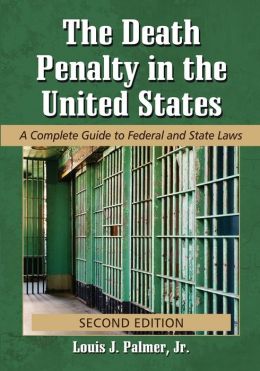 After the recent July 16, 2014
After the recent July 16, 2014 


 Introduction to Advocacy: Research, Writing and Argument
Introduction to Advocacy: Research, Writing and Argument Law Firm Job Survival Manual: From First Interview to Partnership
Law Firm Job Survival Manual: From First Interview to Partnership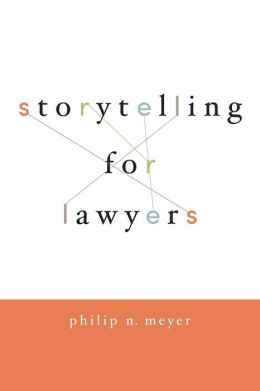

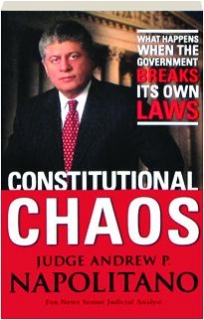 Judge Napolitano talks about two of his books that are in the BLS Library collection. The earliest is
Judge Napolitano talks about two of his books that are in the BLS Library collection. The earliest is 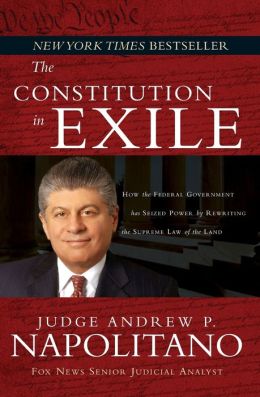 The other title is
The other title is  The Brooklyn Law School Library has in its collection
The Brooklyn Law School Library has in its collection 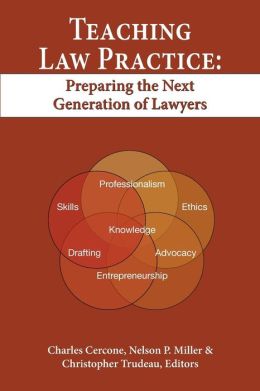 The first of these,
The first of these, 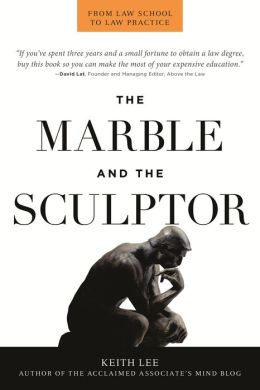 The second book,
The second book,